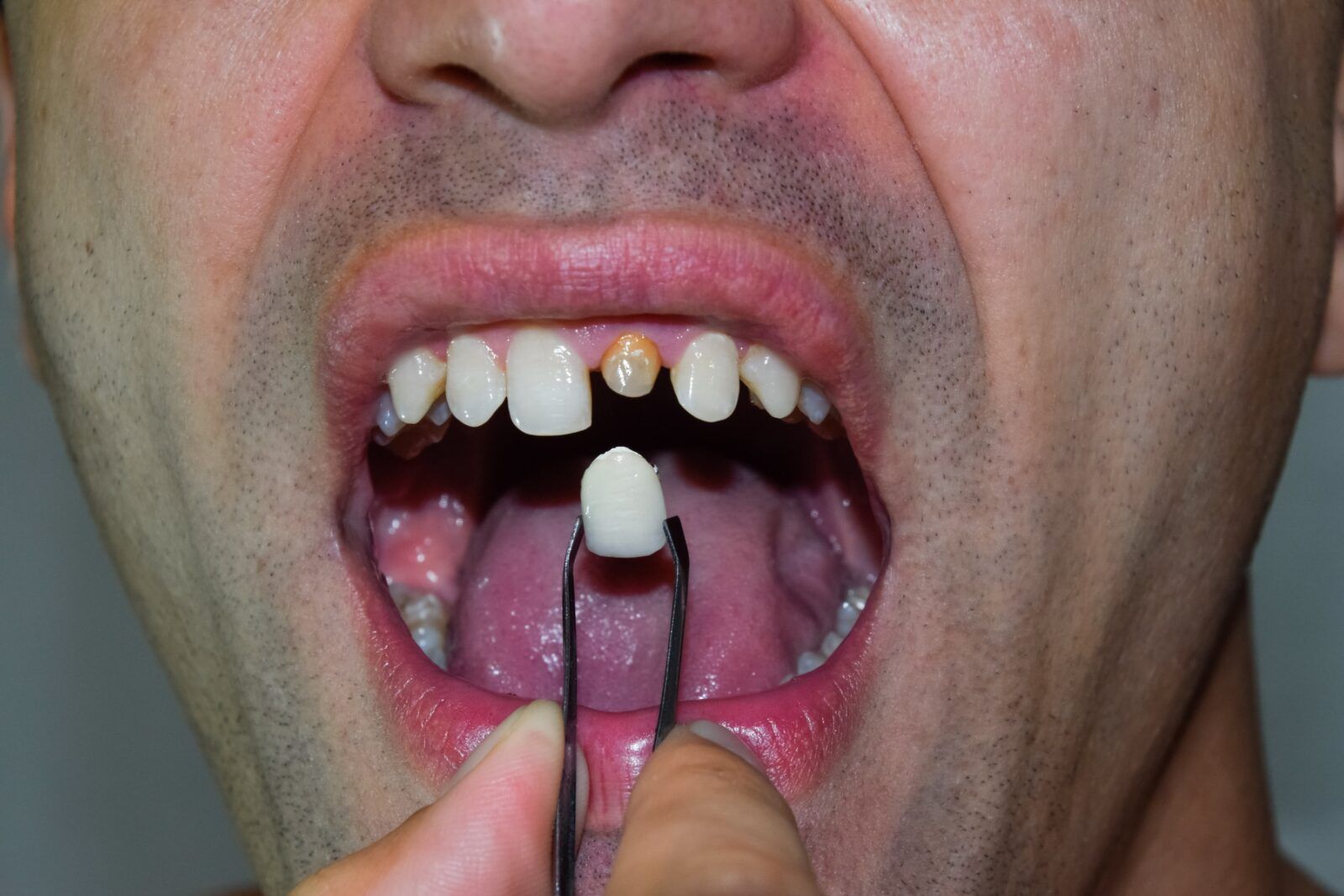Quick Contact
Mon, Tues, Thurs: 8AM - 5PM
Wed & Fri: 8AM - 2PM
Saturday: Closed
Sunday: Closed
Copyright © 2020 Optimized360® | Dental Websites by O360® | Privacy Policy | Terms of Use | Disclaimer | Web Accessibility Statement
Dealing with a broken tooth can be a distressing experience, not just because of the immediate pain and discomfort, but also due to the uncertainty about the right steps to take. Whether it’s a minor chip or a significant break, knowing how to manage the situation can greatly influence the outcome and your dental health. In this blog, we’ll cover the essential steps to take if you find yourself with a broken tooth, along with some tips to prevent further damage and ensure a smooth recovery.
A broken tooth can result from several factors, including:
The treatment for a broken tooth depends on the severity of the break. Common treatments include:
For minor cracks or chips, a dentist can use a filling. If the front tooth is broken, a dentist might repair the damage with a tooth-colored composite resin.

If a large piece of tooth breaks off or there is a lot of decay, the dentist might grind or file away part of the remaining tooth and cover it with a crown, designed to protect the tooth and improve its appearance.
If the break is severe enough to expose the tooth’s nerve, you might need a root canal to remove the damaged nerve and a crown to protect the tooth.
In cases where the tooth cannot be saved, the dentist may recommend removing the broken tooth and replacing it with a dental implant, bridge, or another prosthetic.
A broken tooth is a common dental emergency that requires prompt attention. By following the immediate steps outlined and seeking professional dental care, you can minimize pain and prevent further damage. Remember, the best treatment starts with prevention, so take steps to protect your teeth from injury and maintain good oral hygiene. If you do experience a broken tooth, know that there are effective treatment options available to restore your smile and dental health.